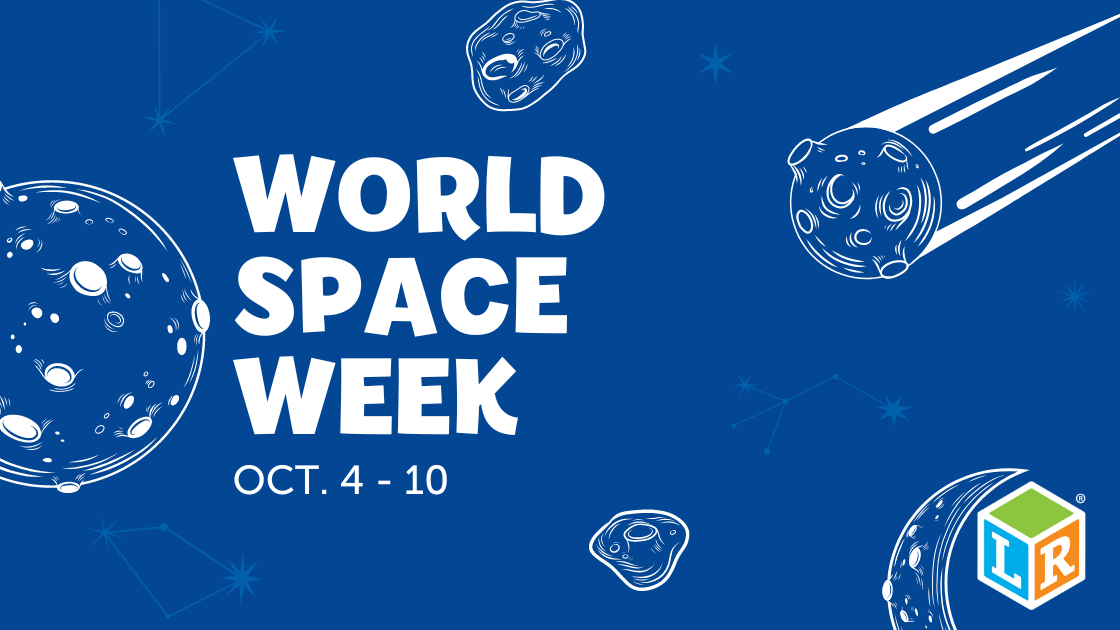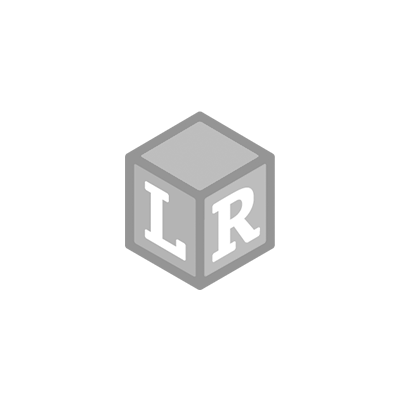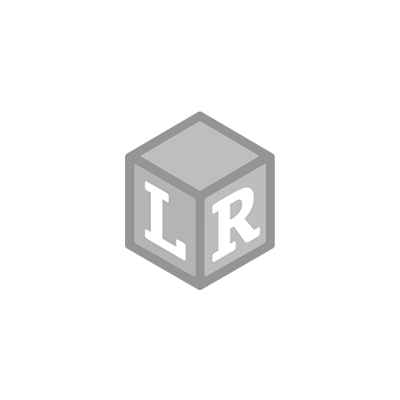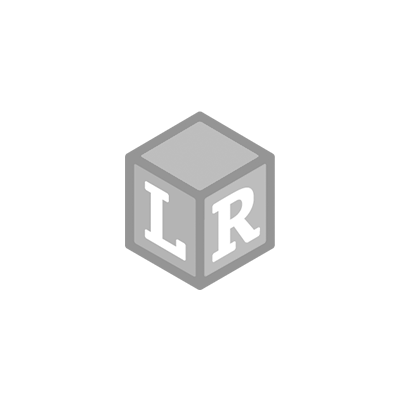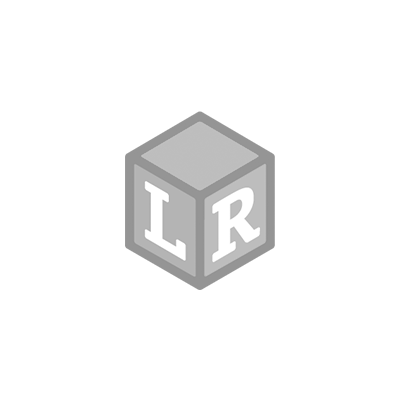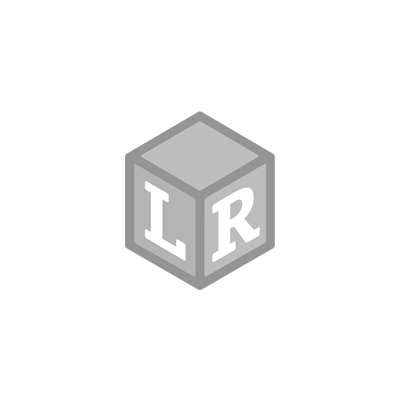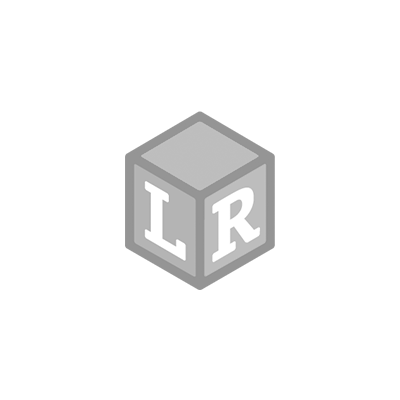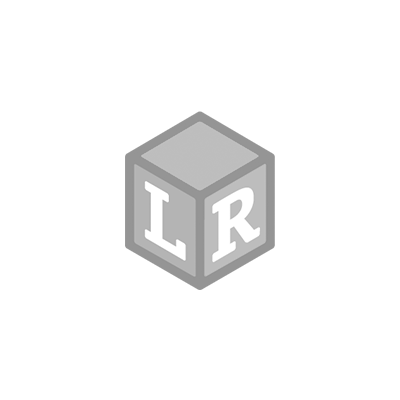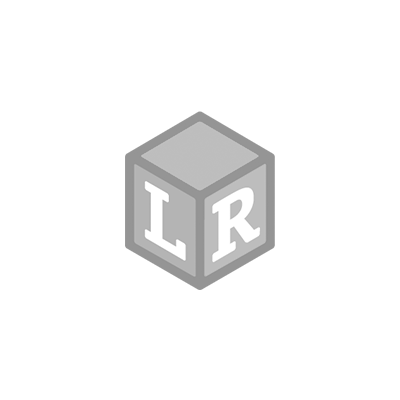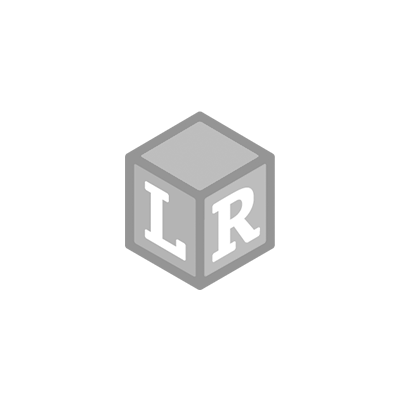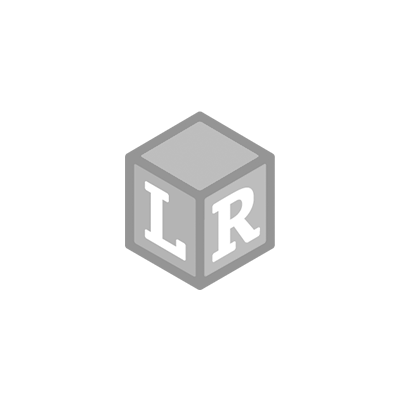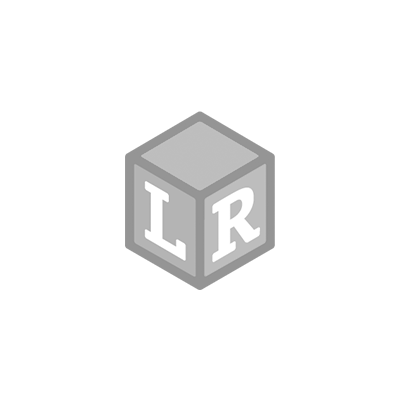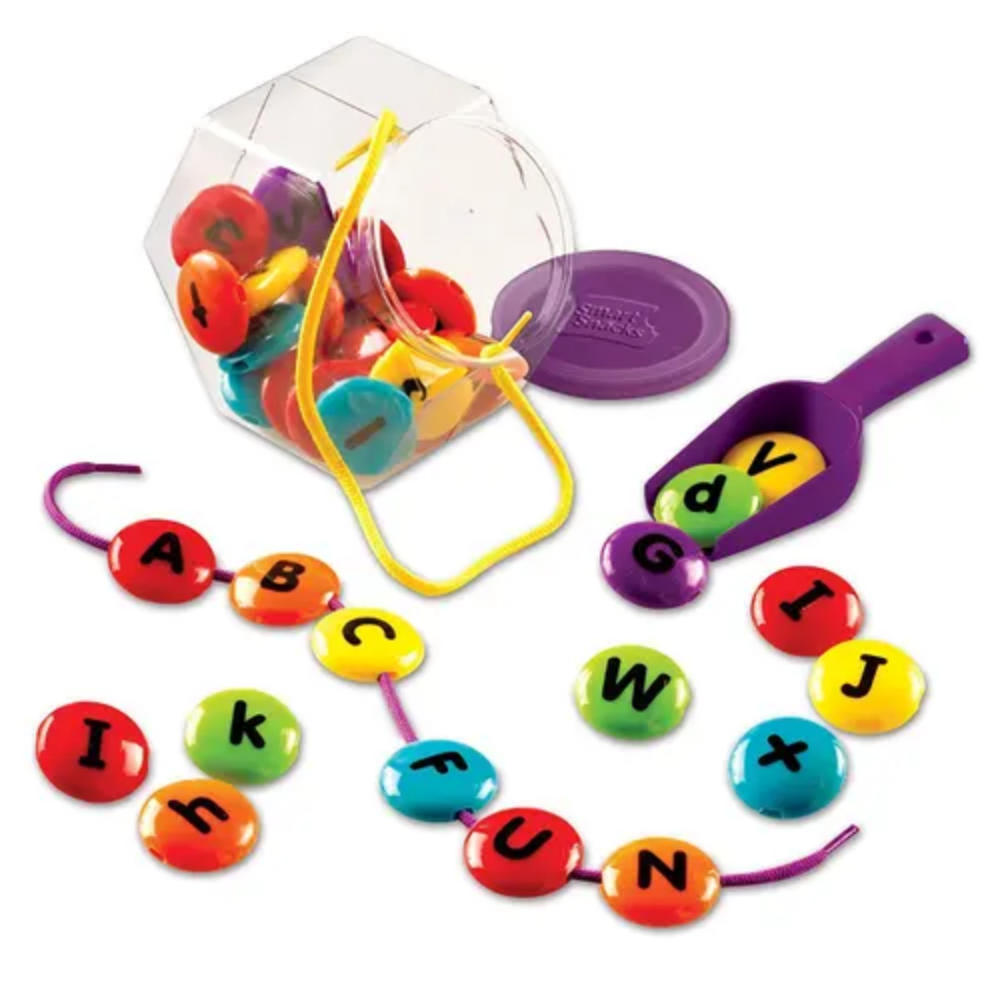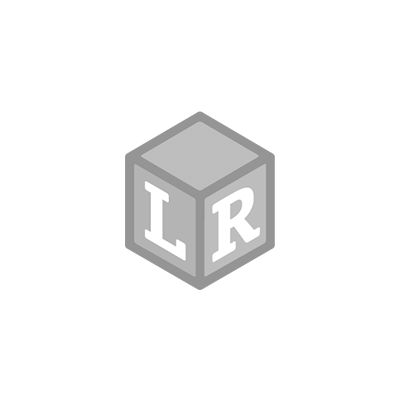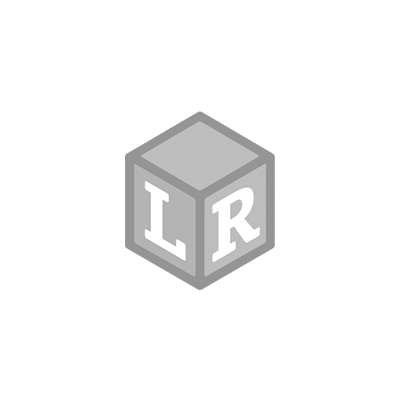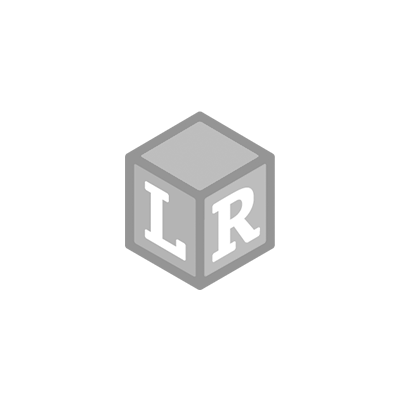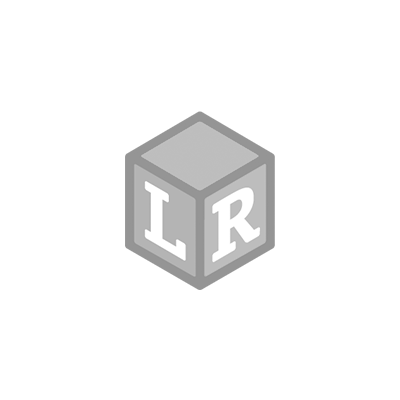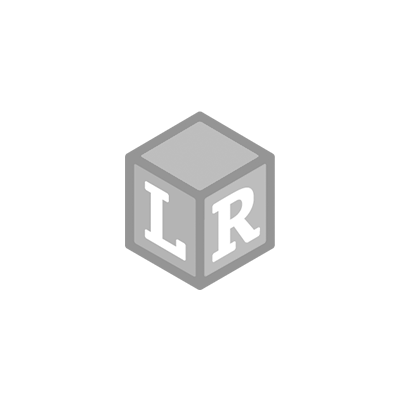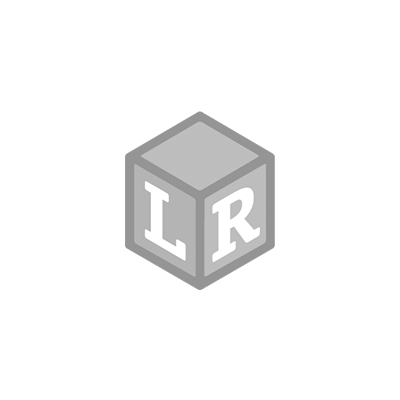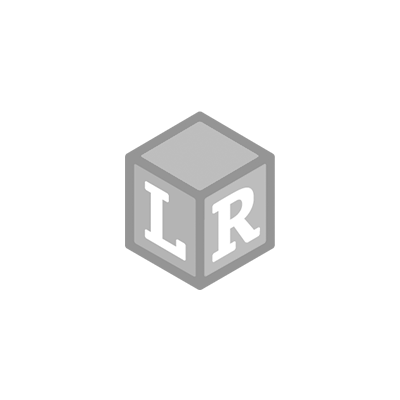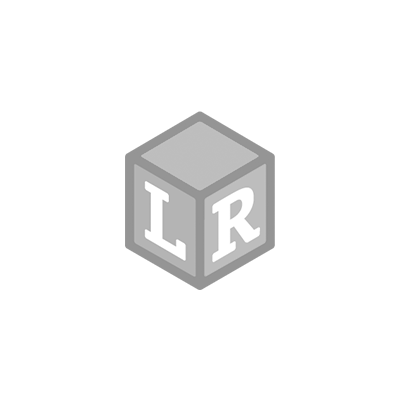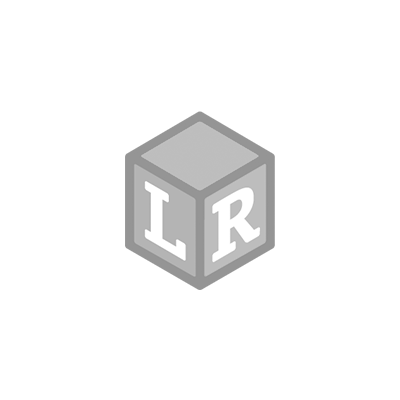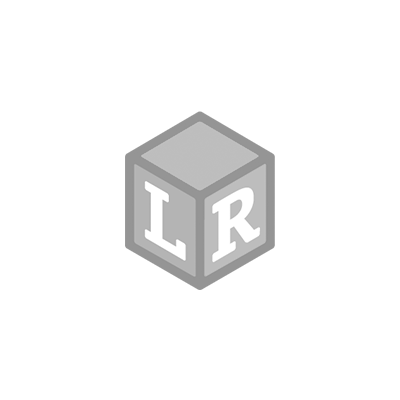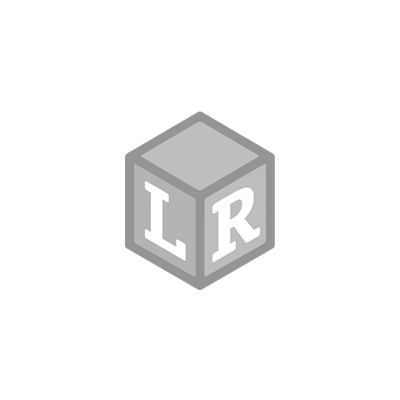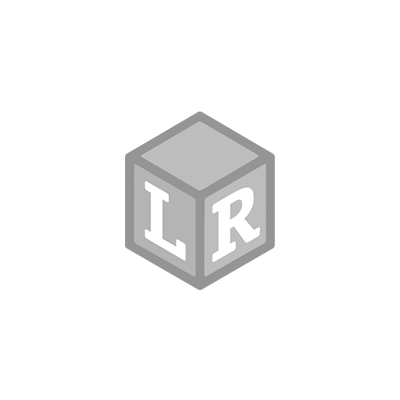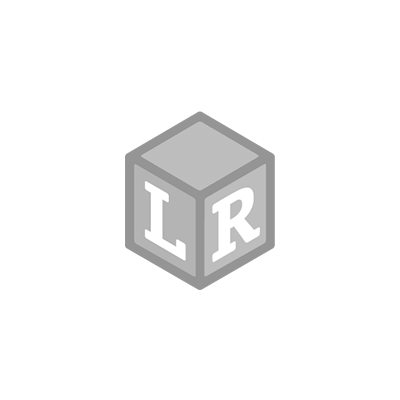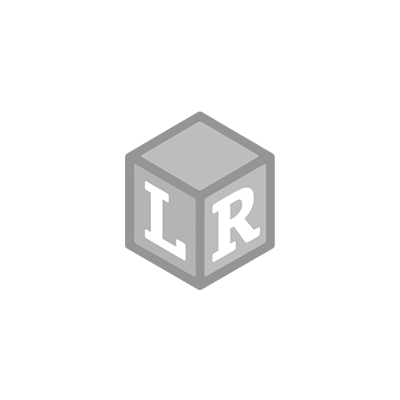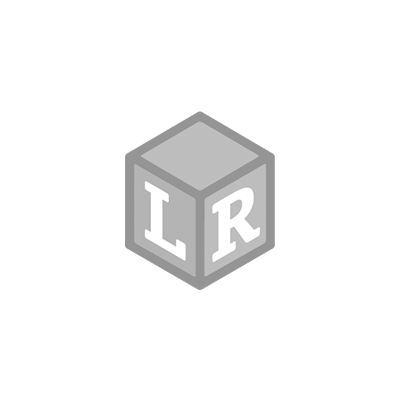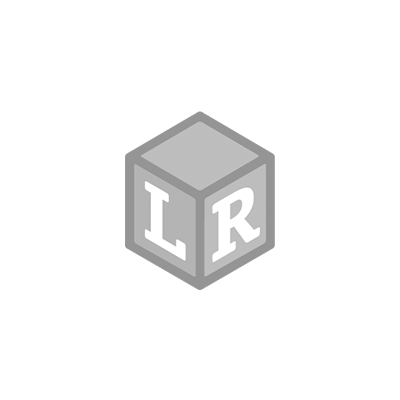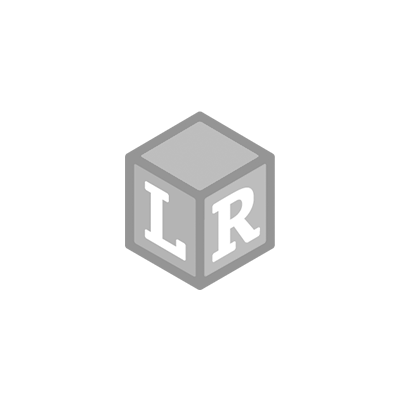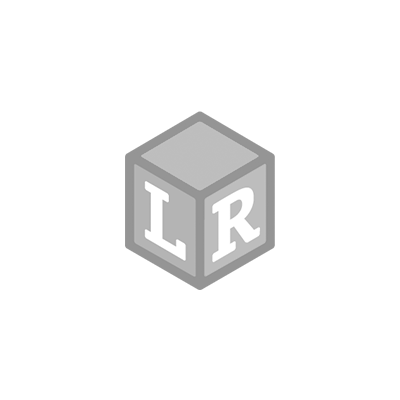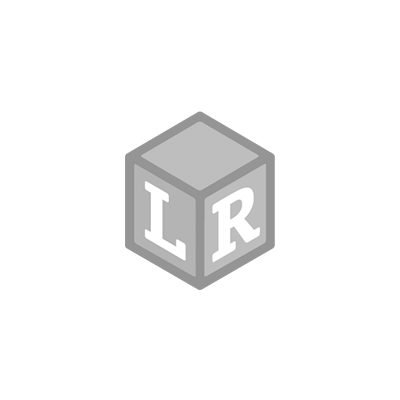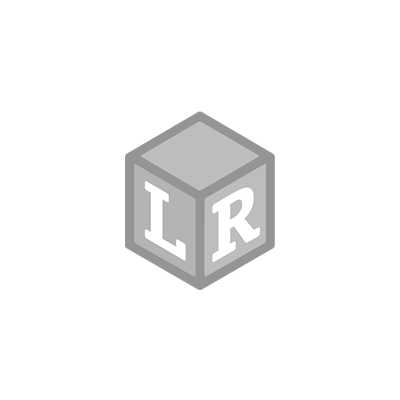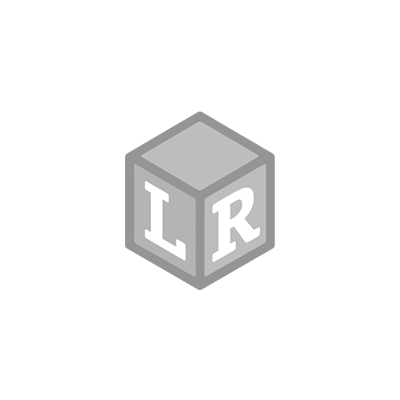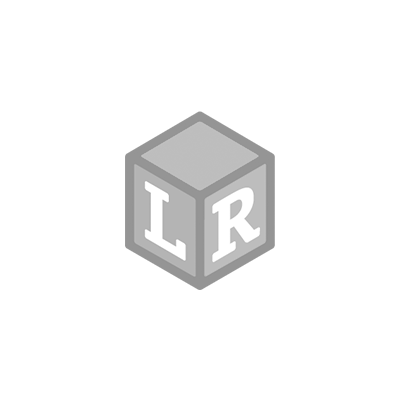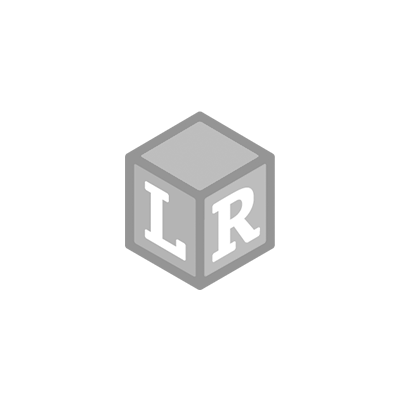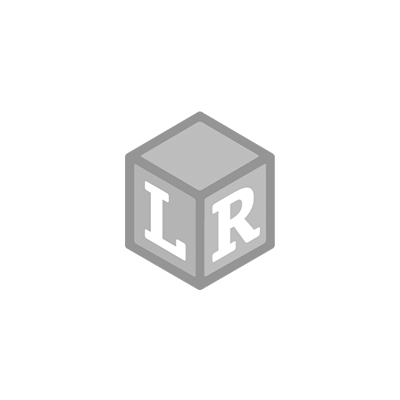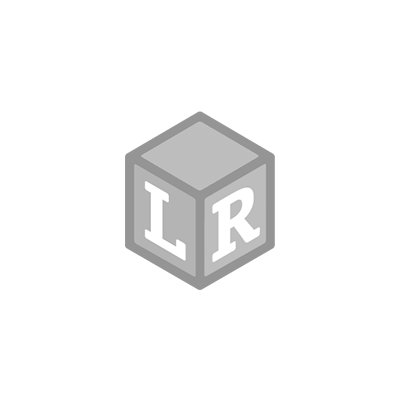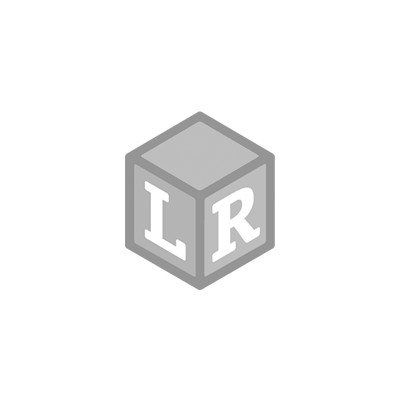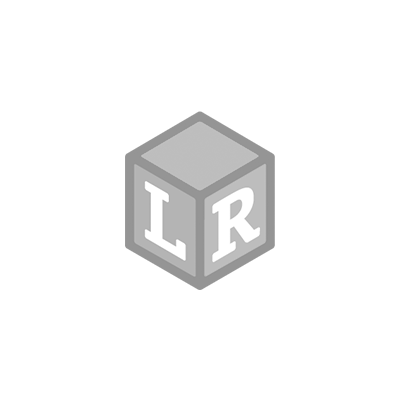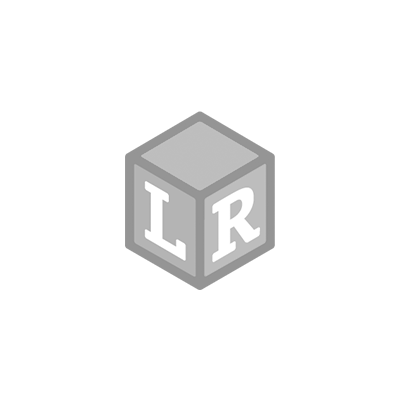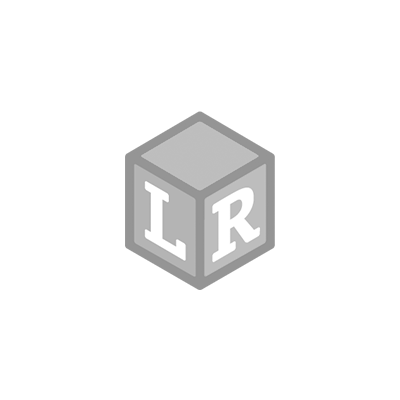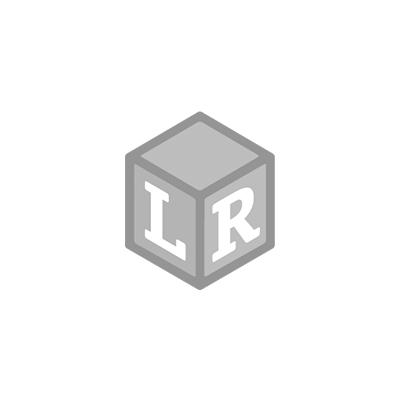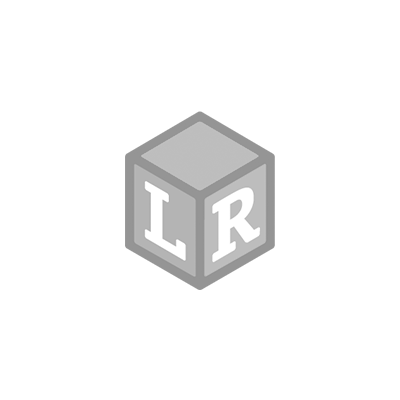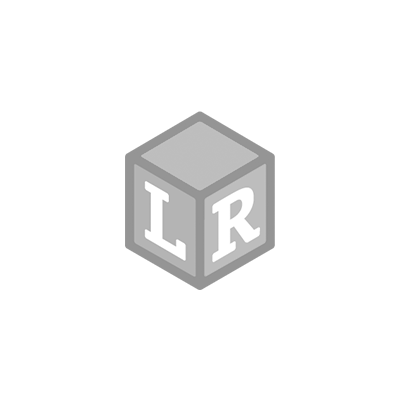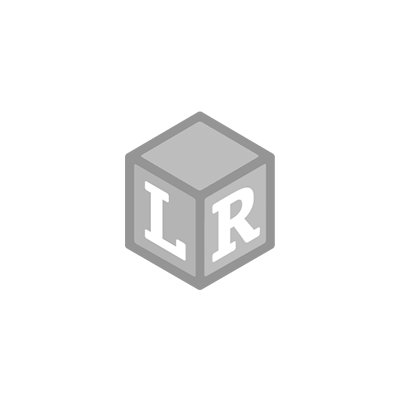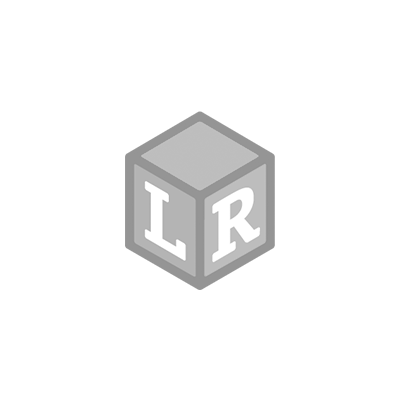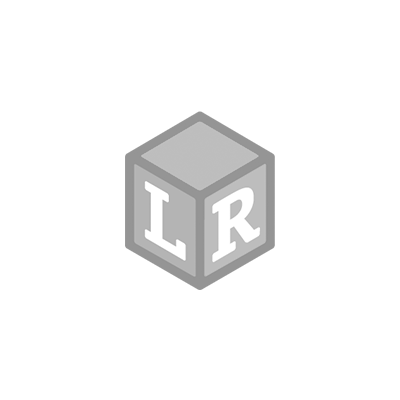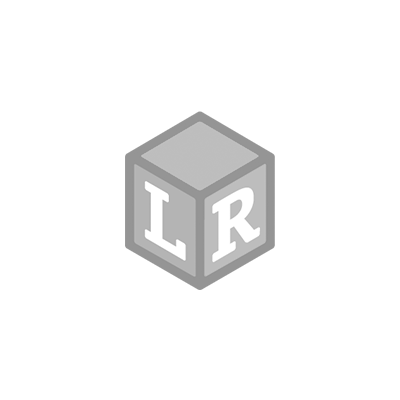World Space Week
- Learning Resources Posted On Oct 3, 2022 | 2 - 4 Years STEM
Welcome to Monday Funday with Miss Alissa from @heartmindedmama ✨
Miss Alissa is an early childhood educator and mom of two! Over the next few weeks, Miss Alissa will be sharing skill-building activities for you to do at home or in your classroom.
We are starting it off with three out-of-this-world activities for Space Week, which starts October 4th.
This collection of space activities for preschoolers will keep them actively engaged while building essential life skills. Thoughtfully designed with little ones, these STEM toys for kids help learners as young as 3 build early science and fine motor skills!
Solar System Puzzle Globe - Space is the place for preschool learning fun! Kids build hands-on science skills as they solve the out-of-this-world 3-D puzzle found on the Solar System Puzzle Globe, a hands-on STEM toy for kids from Learning Resources. Inspired by our award-winning Puzzle Globe, this fun rotating puzzle adds some space décor to the puzzle play action—kids position eight easy-grip planet puzzle pieces that also introduce the names and appearances of our solar system neighbors. In addition to building early fine motor and critical thinking skills, this STEM toy for kids is also ready for imaginative adventures thanks to its fun, friendly astronaut and spaceship pieces—as kids explore the cosmos with their new friends, there’s no telling what they’ll discover!
Magnetic Space Sudoku - Can you solve these out-of-this-world logic puzzles? Take your early math skills to outer space and beyond with the 72 Sudoku puzzles found in the Magnetic Space Sudoku set from Learning Resources. This fun take on the classic puzzle game brings sudoku to life with the help of wacky alien friends and a fun space setting. Choose from two types of puzzles—solve traditional number-based Sudoku challenges, or work on your visual logic skills in puzzles that replace the number with our colorful aliens!
Oodles of Aliens Sorting Saucer - Grab the Tri-Grip Tongs, pop the dice, and help these aliens sort out their spaceship in a sorting game of cosmic proportions! Kids learn preschool sorting, fine motor skills, and more with every trip aboard the Oodles of Aliens Sorting Saucer from Learning Resources. This fun sorting saucer reveals color-coded trays and the aliens that inhabit them. Spread the aliens out on the table, pop the dice, and use the Tri-Grip Tongs to grab and sort them into place! In addition to sorting, this game builds three additional preschool skills at once—strengthen your counting, color recognition, and fine motor skills every time you play!
 Shop UK Site
Shop UK Site 
